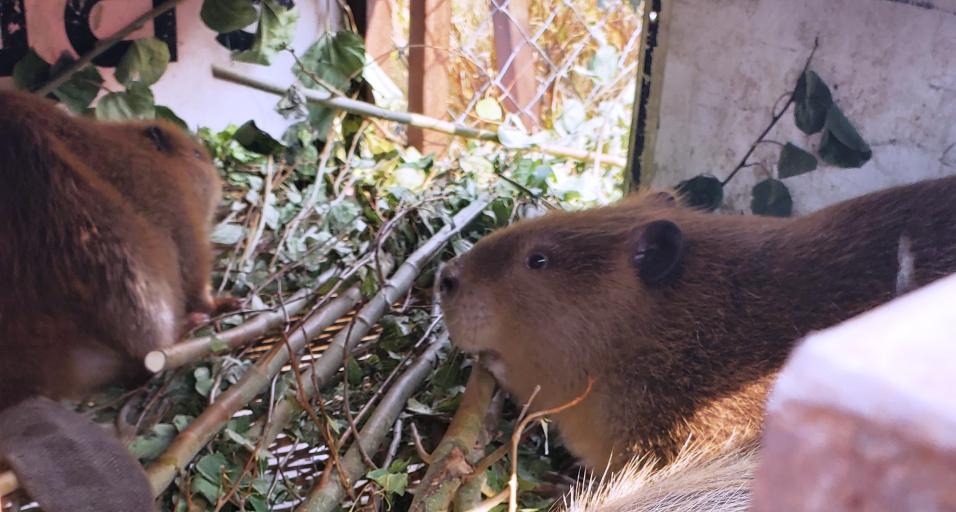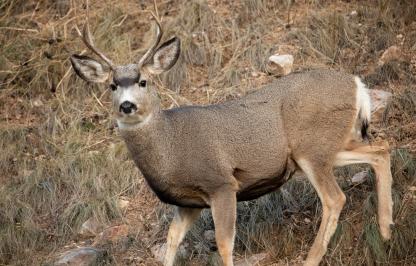In late September, in cooperation with the U.S. Forest Service, Sheridan Region Aquatic Habitat Biologist Travis Cundy live-trapped several beaver from private property east of Sheridan and relocated them to a site above Buffalo on the Bighorn National Forest.
“We began live-trapping and relocating beaver in the 1990s as a way to improve riparian habitat,” said Cundy. “The goal is to use the dam-building activities of beaver to help detain water longer on the landscape. We are just trying to slow down water movement so it can help build up water tables and create more vegetation.”
Five beavers were trapped over three days. Cundy targets mated pairs when identifying potential trap sites, increasing the likelihood that the animals will stay in the release area. He believes the five trapped in September are a family unit including the mated pair along with kits from this year and last.
The live-traps were set with a castor oil lure and placed fully or partially submerged in areas where the beavers were most active according to several days of game camera footage. When a beaver stepped on the trigger plate, the suitcase-shaped trap closed around it with the animal above the waterline. The animals were then safely moved in the trap and transferred into a specially-modified trailer for holding and transporting.
The trailer was later taken to a release site on Sourdough Creek and parked with the doors left open for the animals to disperse at their leisure. The Sourdough Creek area was chosen as a release site because it supports good resources of aspen and willow and is closed to public trapping, but no beaver activity has been documented there for more than a decade.
“Some beaver dam analog work, which is a small debris dam and pool feature, had also been completed at the site, so there were some ready-made pools available to provide them some security until they can start creating their own,” said Cundy. “In the short term, from immediate transplant time to a couple years afterwards, we usually see a colony become established a little over half of the time. But, they have never established right where we release them. They usually go a half mile to two miles from the release site.”
Live-trapping is done in the late summer or early fall, finishing by the end of September. This timeframe coincides with increased beaver activity as they begin caching food for the winter, hopefully encouraging them to begin these preparations rather than leave the area to set up a new territory.
The release area will be monitored by Cundy in coming weeks to determine if the relocation was successful.
“Through their activity, they can help reconnect the floodplain and spread the water out. It is probably the cheapest way to improve riparian vegetation and floodplain connectivity that we have,” he said. “I think it is a phenomenal way to increase green vegetation development in streamside areas to help fish, moose, mule deer and all riparian-dependent wildlife.”




